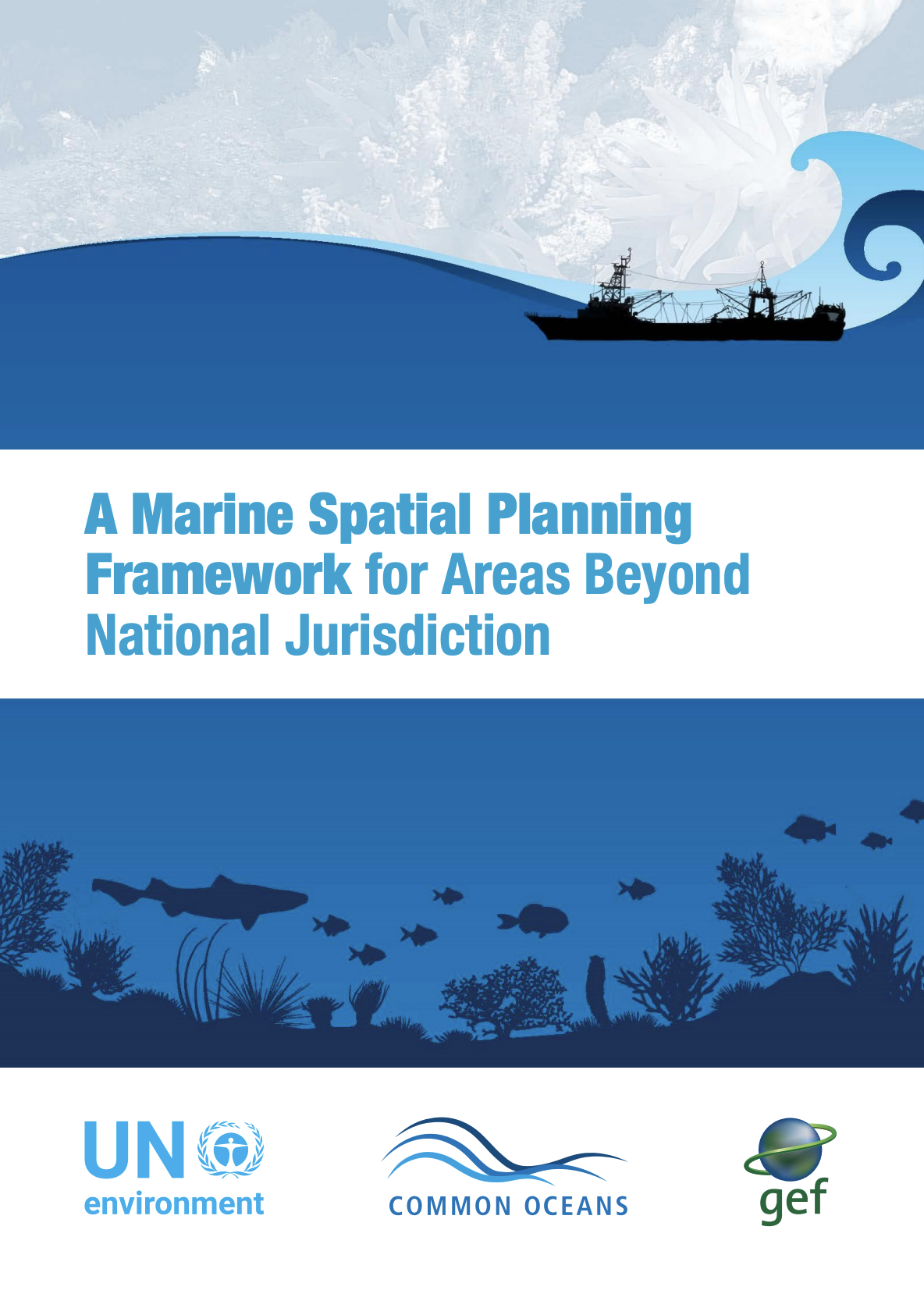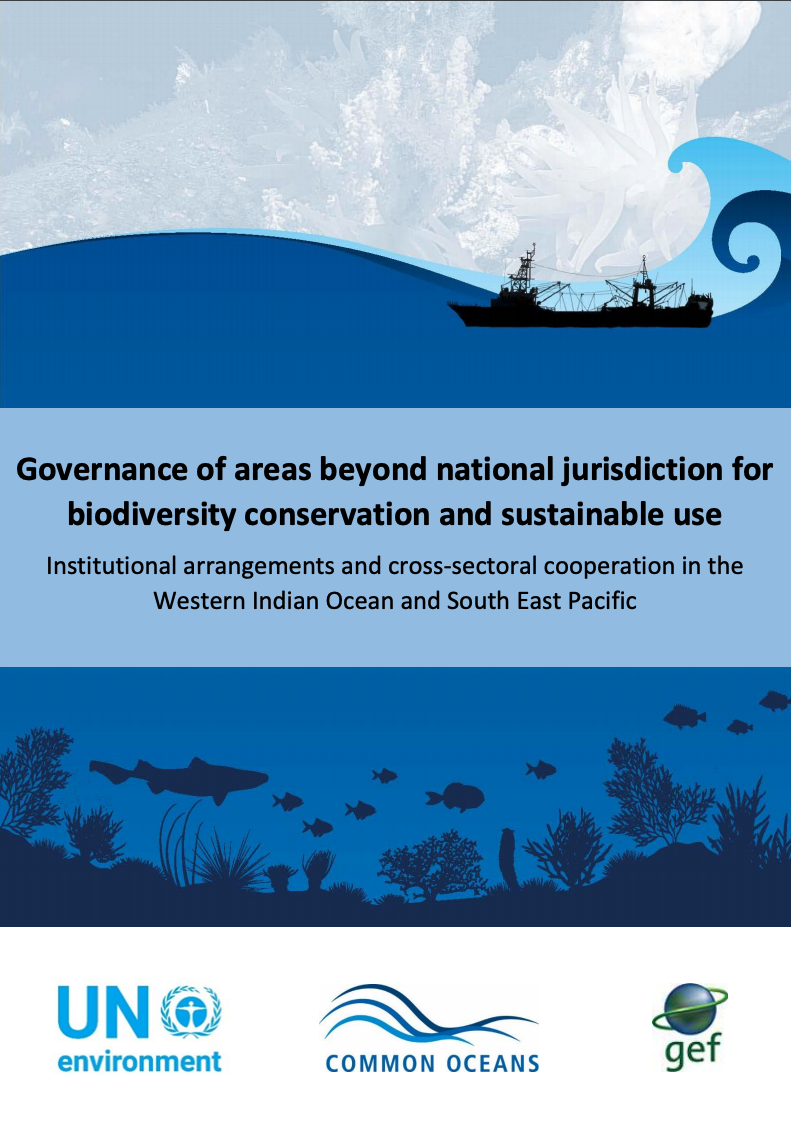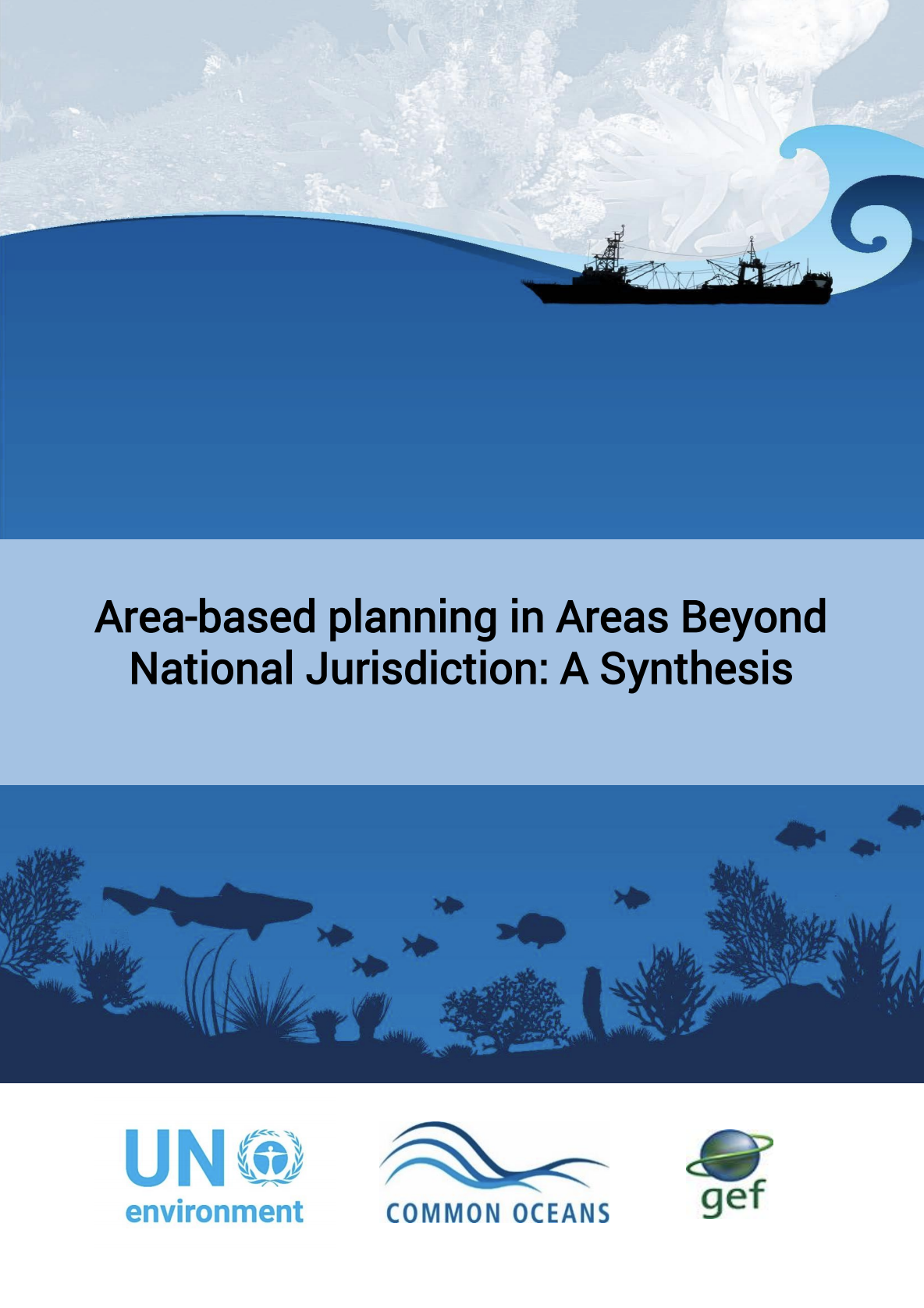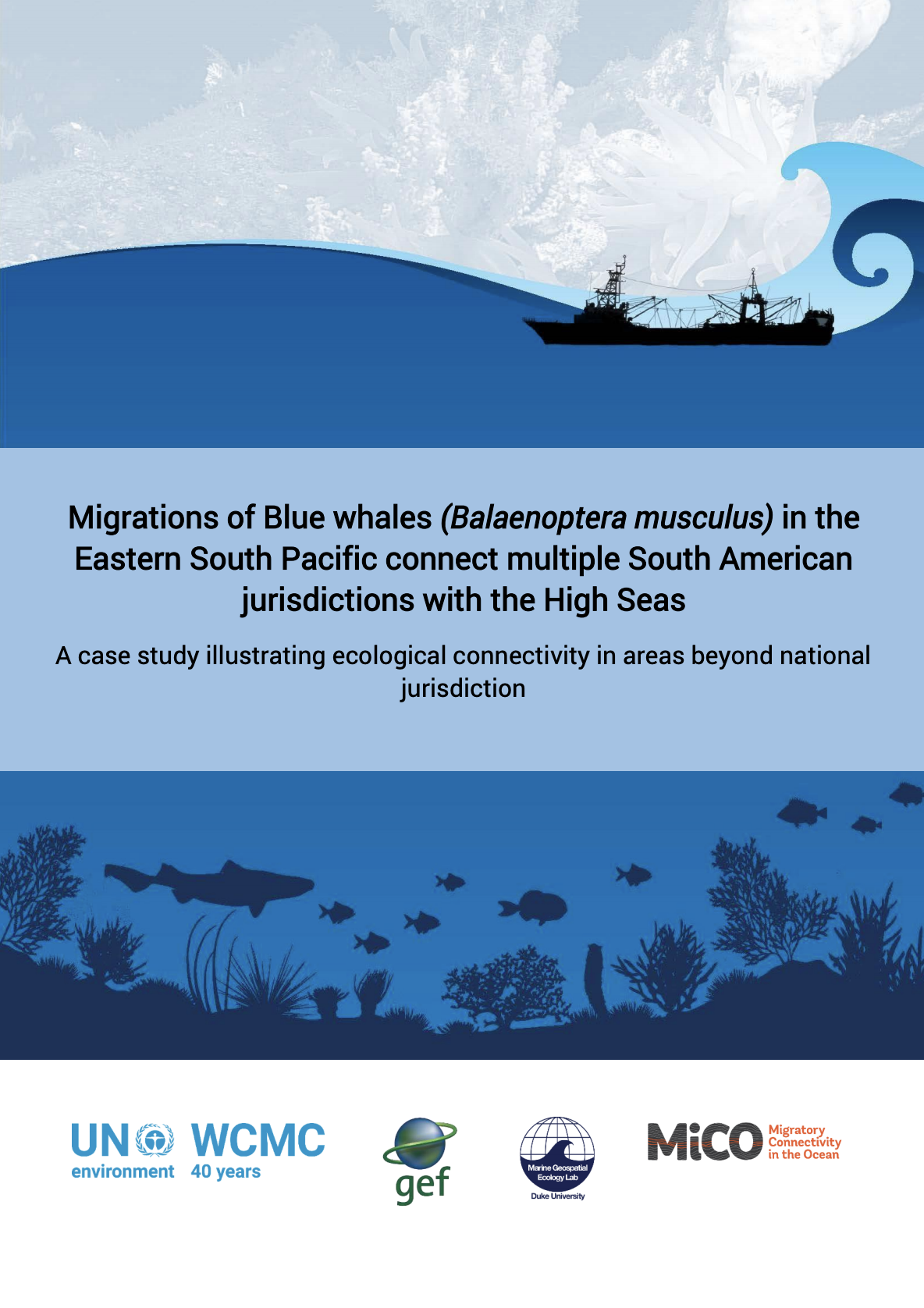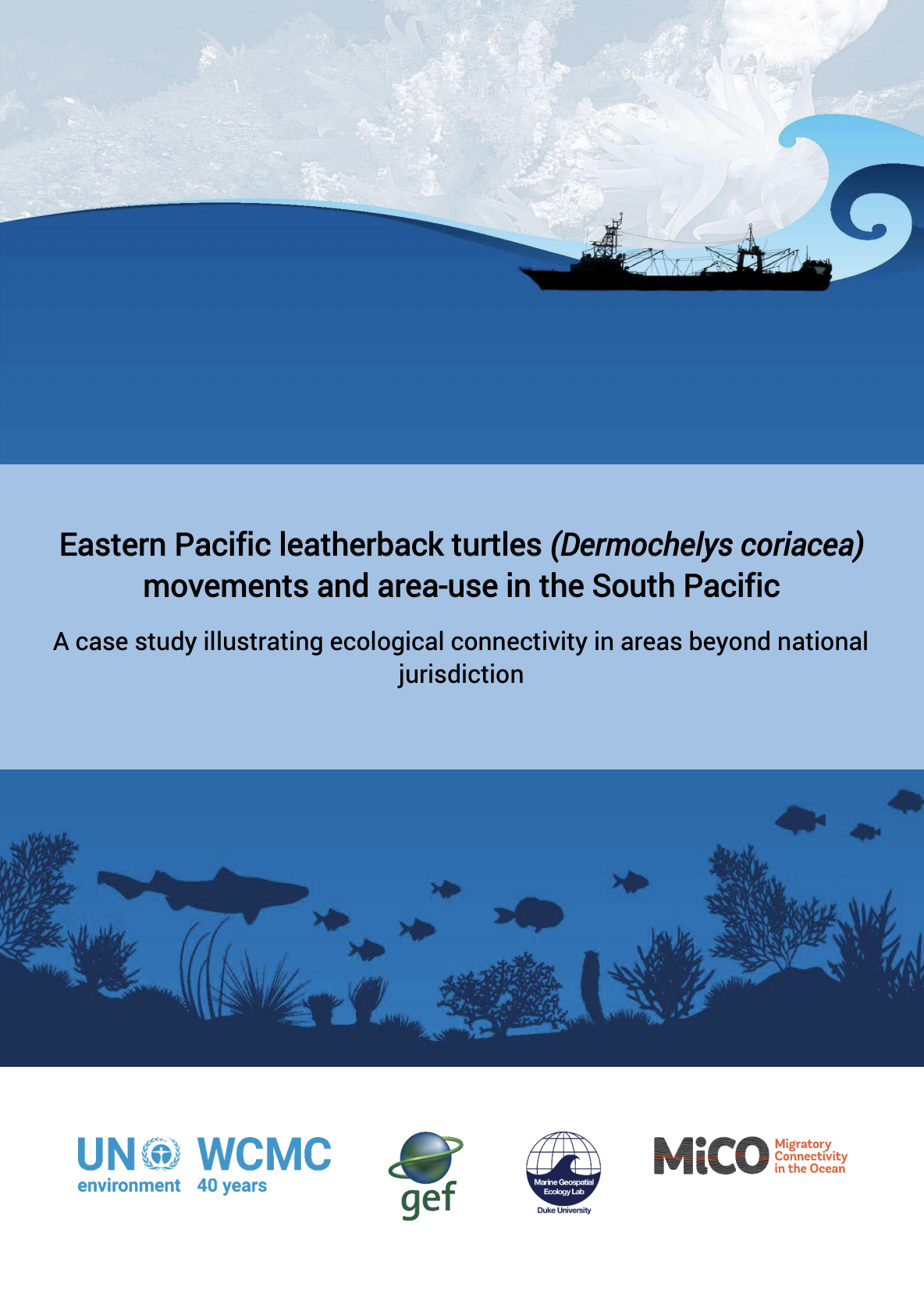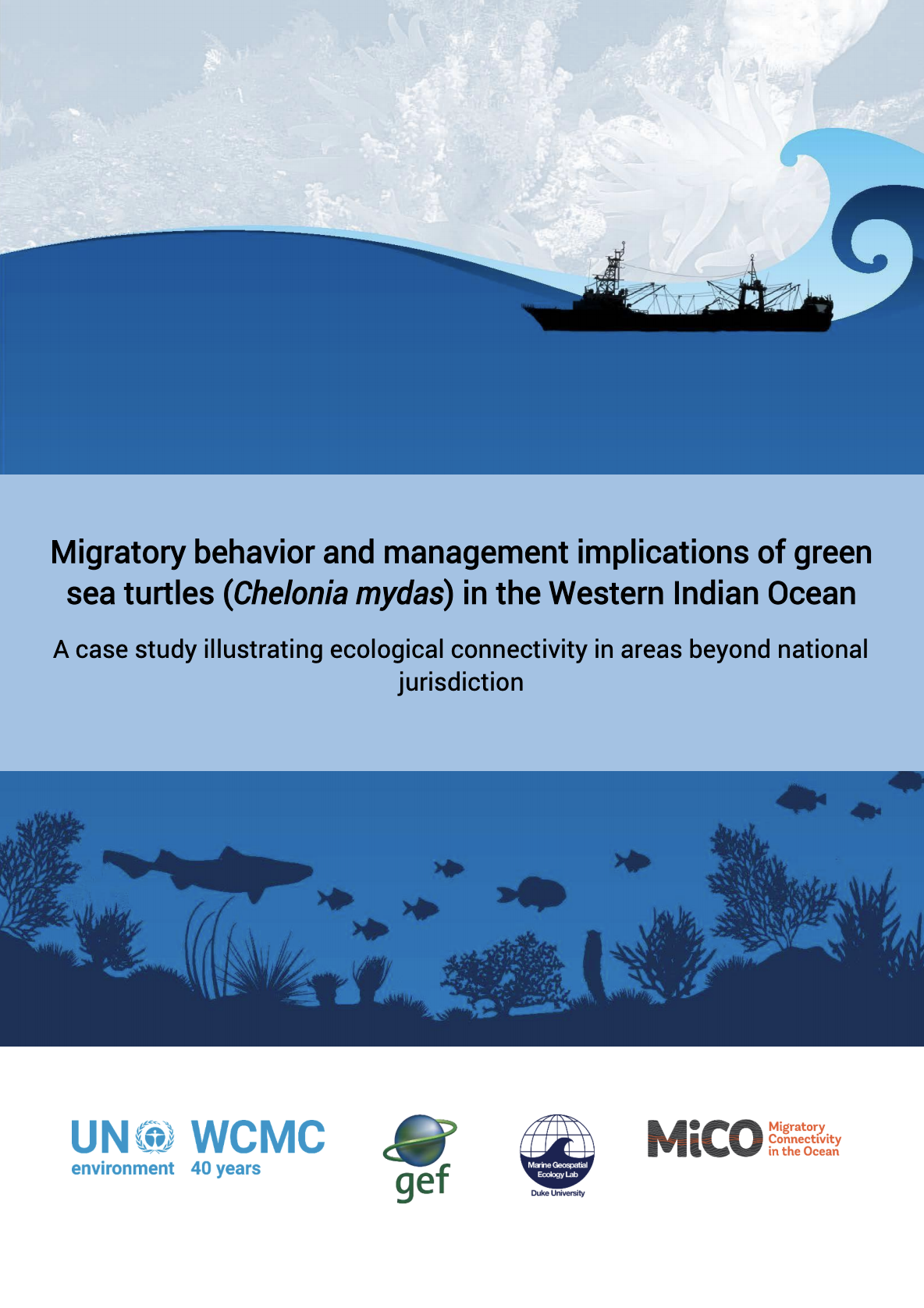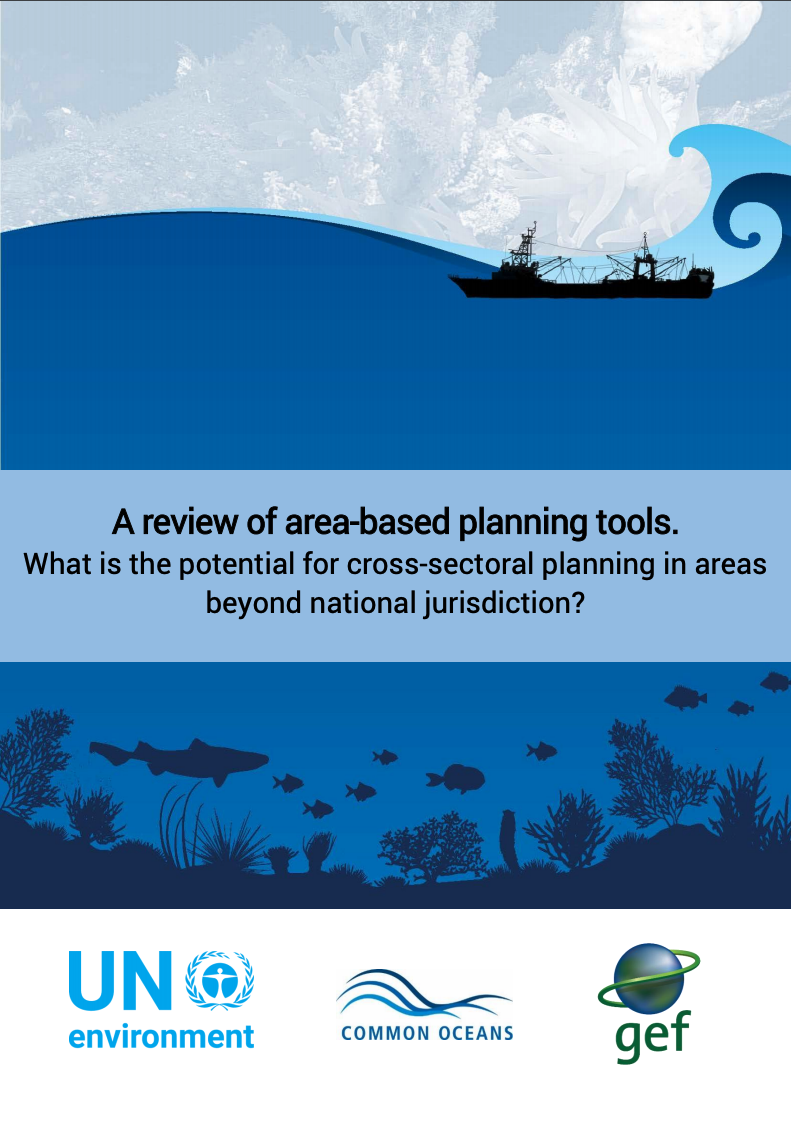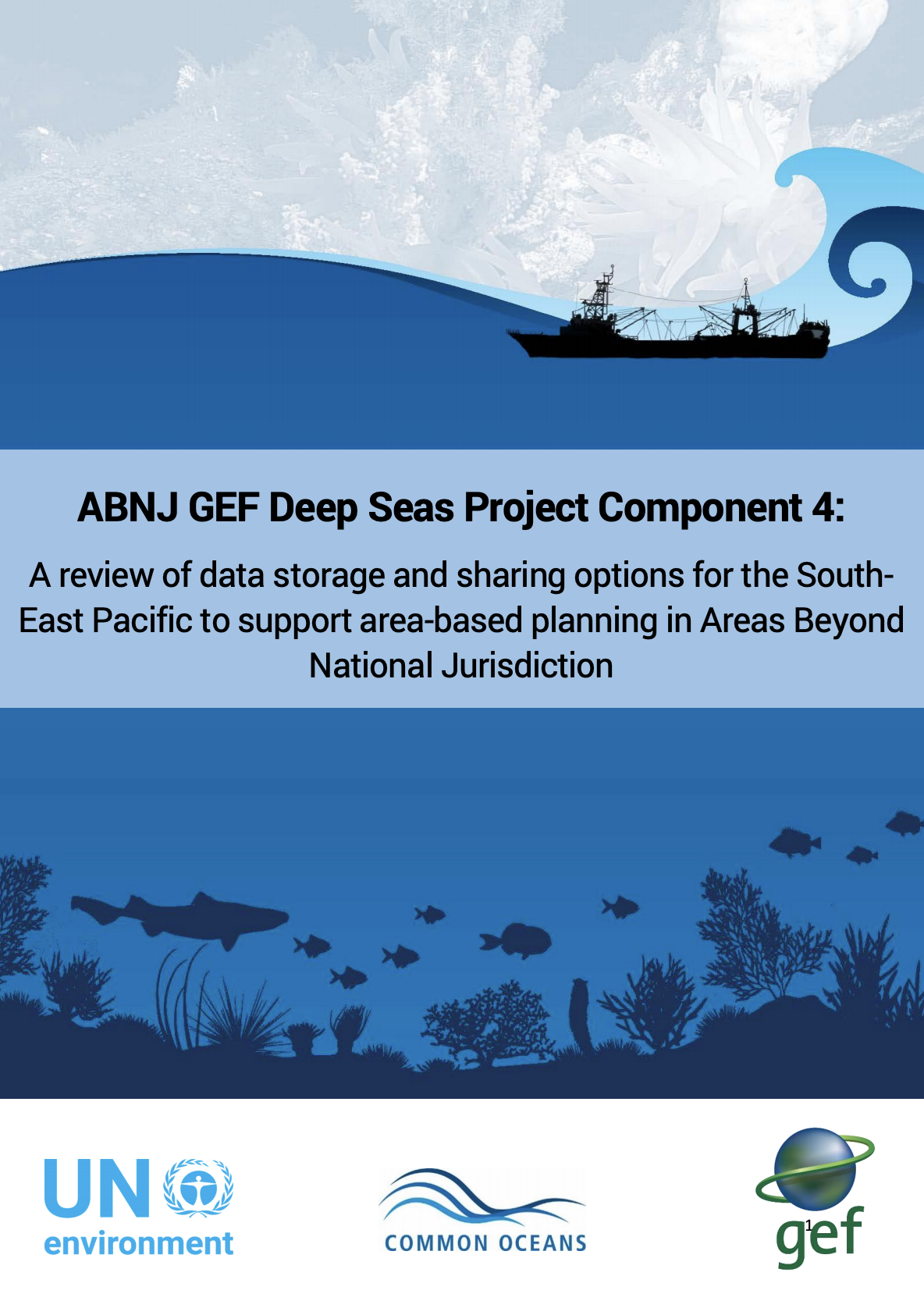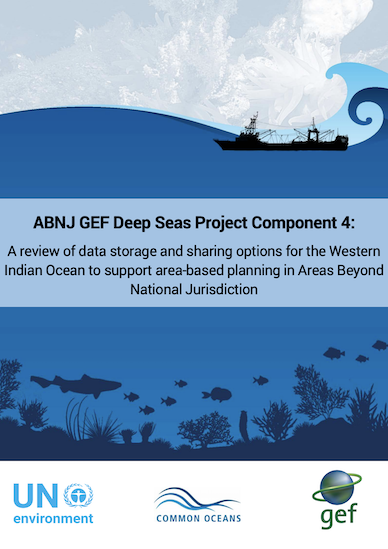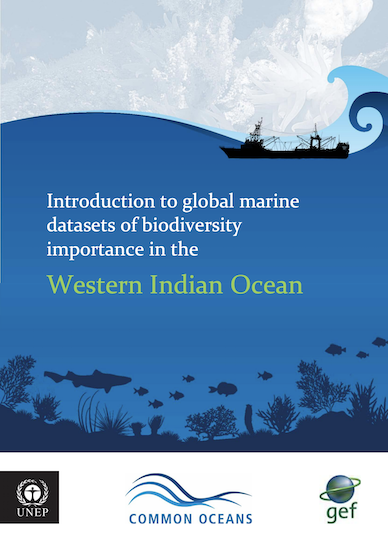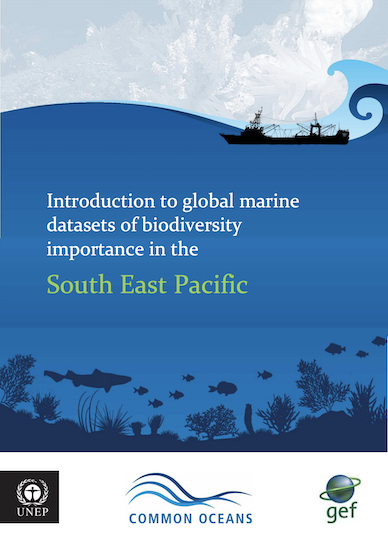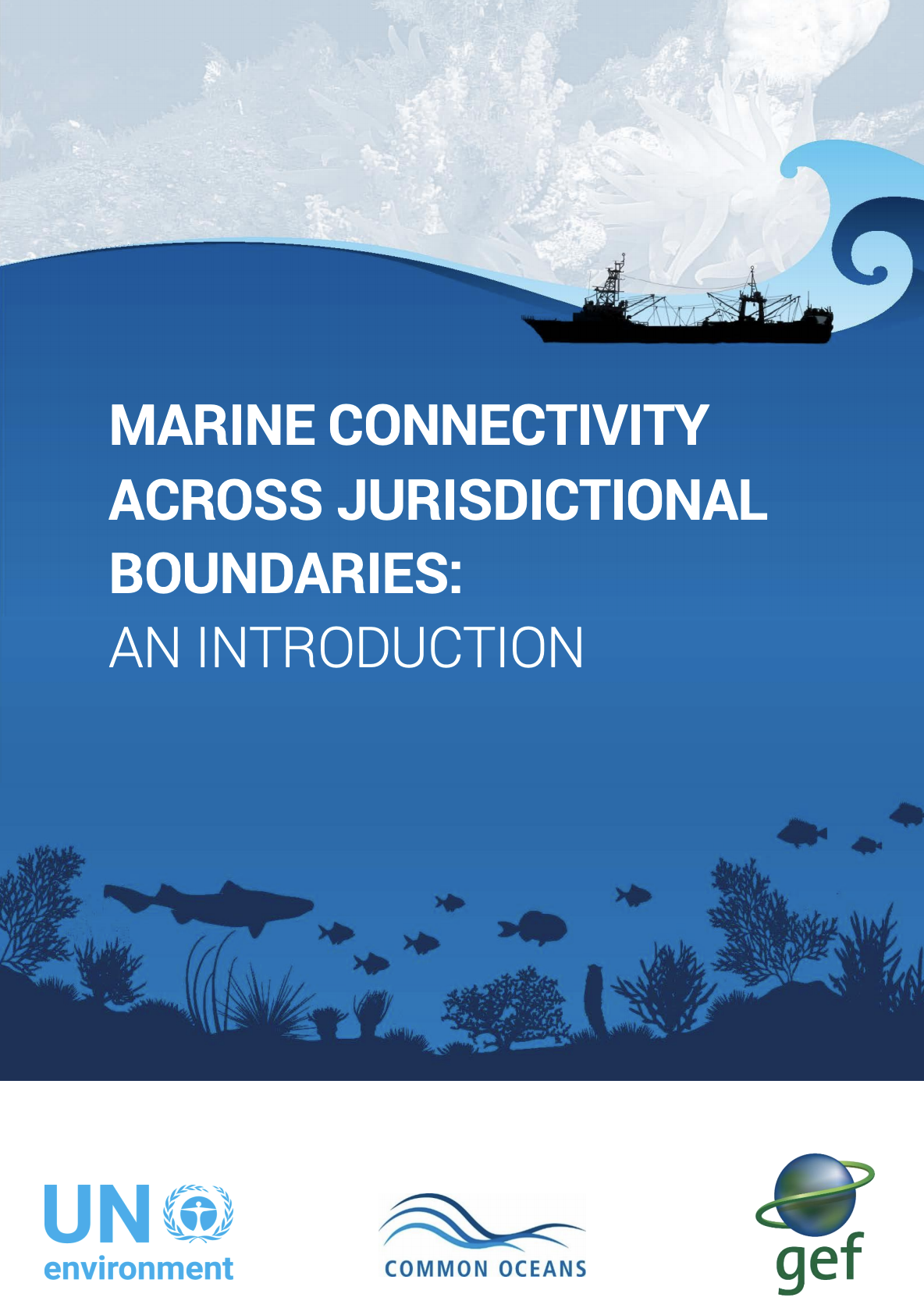The challenge
Almost two thirds of the ocean lie in areas beyond national jurisdiction (ABNJ)
The ocean is the life-support system of our planet. Covering 71% of the world’s surface, it is a vast and dynamic system that provides essential services for the livelihoods of millions of people. They deliver food, raw materials, energy and transportation routes, as well as regulating our climate. They also act as a carbon sink and produce around half of the world’s oxygen. Yet about 61% of the ocean, including the deep sea, lies beyond the national jurisdiction of countries’ legal protection or regulation.
Increasing pressures are threatening biodiversity in ABNJ
Traditionally, the remoteness of ABNJ has provided a degree of protection from human activities. However, with technological advances, these areas are becoming easier to access for human activities. Existing and emerging activities in ABNJ include offshore oil and gas exploitation, deep sea mining, cable-laying, shipping and deep sea fishing.
As a result, the impact of human activities on biodiversity in ABNJ is growing – and the scale and intensity of such activities in the deep sea are expected to increase further over the next decades. In addition, external pressures such as climate change are also increasing. To lessen the impacts from these pressures on deep sea biodiversity, the global community must work together to balance all different human activities. This requires integrated planning and management across all sectors that operate in ABNJ.
Cross-sectoral governance is needed to lessen cumulative impacts
In recent years, the cumulative pressures on biodiversity that arise from increasing human activities in ABNJ have become increasingly recognised at the international policy level. The main challenge to addressing such threats is that there is currently no overarching governance framework for managing activities across all relevant sectors in ABNJ. To address this, in 2017, the United Nations General Assembly (UNGA) launched formal negotiations to create a new international legally binding instrument under the UN Convention on the Law of the Sea (UNCLOS). The purpose of this new legal instrument is to support the conservation and sustainable use of marine biological diversity in ABNJ. The so called ‘biodiversity beyond national jurisdiction’ (BBNJ) negotiations are taking place through a series of conferences in New York and are planned to be completed by 2020.
Cross-sectoral area-based planning can help alleviate cumulative impacts in ABNJ
In the absence of an overarching governance framework for ABNJ, cross-sectoral area-based planning approaches can help address the cumulative impacts of different sectors operating in the deep sea. The BBNJ negotiations have proposed a number of ways to support sustainable use and conservation of deep sea biodiversity, including through the use of area-based management tools. Cross-sectoral planning in particular can mitigate negative interactions between different sectors and between human activities and biodiversity.

Where we worked
The ABNJ Deep Seas Project worked closely with the Regional Seas Secretariats in two Pilot Regions:
- the Secretariat of the Permanent Commission for the South Pacific in the South East Pacific,
- the Nairobi Convention Secretariat in the Western Indian Ocean.
How we worked
Together with our regional partners, we developed a framework to support cross-sectoral area-based planning in ABNJ.
Through a series of studies, data reviews and regional capacity assessment workshops, we demonstrated the need for cross-sectoral area-based planning in ABNJ. Building on the gathered scientific evidence, we identified an appropriate area-based planning tool and thus developed and tested a methodology for marine spatial planning in ABNJ.
The project outputs allow users to:
- increase awareness of the importance of ABNJ,
- facilitate knowledge-sharing between different sectors and regions,
- and build capacity to undertake cross-sectoral area-based planning in ABNJ.
By increasing the ability of member states in the Pilot Regions to engage in discussions around ABNJ, the ABNJ Deep Seas Project is also supporting the BBNJ negotiations, where area-based management tools are a central topic.
The ABNJ Deep Seas Project hosted six regional workshops to help the Pilot Regions build capacity to undertake area-based planning in ABNJ. Using a ‘capacity development assessment tool’ (developed at UNEP-WCMC), we explored internal capacity developments needs and external conditions that might allow or limit their ability to undertake area-based planning in ABNJ. These assessments helped identify capacity development priorities for the two Pilot Regions.
Regional engagement was critical for the success of the project. Understanding regional capacities, and collecting input from regional partners, helped to ensure that project outputs are relevant and useful for member countries in the Pilot Regions.
Key outputs & findings
The global and regional governance landscape for ABNJ
To start building a scientific evidence base for cross-sectoral area-based planning in ABNJ we reviewed the current governance landscape, both globally and in the Pilot Regions. Through this review we were able to identify the relevant legal and policy arrangements under which cross-sectoral planning could be undertaken in ABNJ. We also explored options for how this could be done.
The findings include:
- At the global level, several UN Conventions, resolutions and other legal mechanisms are relevant for management in ABNJ.
- In the Western Indian Ocean and South East Pacific, several sector-specific institutions have the mandate to apply area-based management tools in ABNJ.
- Sectoral institutions in the Pilot Regions do not often make use of their competencies with regard to area-based planning in ABNJ.
- Where sectoral bodies have adopted management or conservation measures, the lack of collaboration with other sectors often limits effectiveness.
- There is scope to strengthen institutional cooperation for cross-sectoral area-based planning in ABNJ in both regions.
- This could happen through improved scientific collaboration, integrated policy-making and the development of cross-sectoral platforms for cooperation.
- A key challenge to cross-sectoral cooperation in ABNJ is that sectoral institutions often have different members and cover different geographical areas.
- Identifying issues of common concern across sectors, and highlighting the advantages of cooperation, could help to overcome this challenge.
Existing area-based tools that can be applied in ABNJ
Next, we reviewed existing area-based planning and management tools, currently implemented within national waters, to see if and how they could be applied in ABNJ. Our focus was on approaches that would be most useful for conservation and sustainable use of biodiversity in ABNJ. The review highlighted that:
- Marine spatial planning can facilitate cross-sectoral area-based planning in ABNJ.
- A competent authority that can hold sectors accountable is required to facilitate cross-sectoral planning in ABNJ.
Experiences of area-based planning in ABNJ from different regions
We also looked at existing examples of area-based planning in ABNJ from four different regions to identify experiences and lessons that could be shared with other regions. The case studies allowed us to explore different types of area-based tools used in ABNJ, and the associated challenges, in more detail. From the experiences in the four regions we identified key conditions that enable cross-sectoral area-based planning in ABNJ, including:
- flexibility and adaptability of the planning tool;
- access to data;
- an organisation with a planning mandate;
- a regulatory framework; and
- stakeholder engagement

Key considerations for area-based planning: connectivity and cumulative impacts
Having identified marine spatial planning as a useful tool for ABNJ, we then turned our attention to the wider context of conservation and sustainable use of biodiversity in ABNJ. Two key considerations were connectivity in the ocean and cumulative impacts from different sectors and external pressures.
The horizontal and vertical movements of powerful currents, and the migrations of highly mobile marine species, connect ocean ecosystems, from the deep sea to coastal waters. As a result, effective conservation of biodiversity in ABNJ may require a transboundary planning approach that integrates national waters and ABNJ, or an approach which considers the 3-dimensional nature of the ocean.
Transboundary considerations are also key for addressing cumulative impacts of human activities and external pressures in and beyond ABNJ. Cumulative impacts emphasise the importance of cross-sectoral area-based planning approaches, as single-sector frameworks might not take into account the impacts of other sectors operating in the same ocean space, limiting the effectiveness of any conservation or management measures.
Our connectivity and cumulative impact studies provide a scientific evidence base to support the case for a cross-sectoral, transboundary approach to area-based planning in ABNJ. They also helped increase awareness in the Pilot Regions of the importance of managing human activities and reducing negative impacts on biodiversity in ABNJ. A review of trends in different pressures in the South East Pacific and Western Indian Ocean indicates that climate change is the main driver of cumulative impacts in ABNJ in the two Pilot Regions. Assessing and mapping the spatial patterns of these impacts can inform area-based planning processes through which can be addressed. This would help build the resilience of marine areas to the threats from climate change and support regional adaptation strategies.
Building data capacity for cross-sectoral area-based planning in ABNJ
The case studies highlighted the essential role of sufficient data in supporting cross-sectoral area-based planning. Up-to-date data and information can help to spatially locate human activities, including potentially conflicting or complimentary activities, and identify features of biodiversity importance. However, availability and access to data for ABNJ presents a considerable challenge.
The ABNJ Deep Seas Project supported the two Pilot Regions in identifying existing data and information that can be used to inform decision-making for area-based planning in ABNJ. To do this, we produced an inventory of datasets of biodiversity importance that are relevant to ABNJ for each of the Pilot Regions. We also reviewed current data storage and sharing options for the two regions as a first step towards supporting the development of a centralised, cross-sectoral data sharing mechanism for ABNJ.
A framework for marine spatial planning in ABNJ
The findings from the various outputs of the ABNJ Deep Seas Project have informed the development of a framework for marine spatial planning in ABNJ. The two Pilot Regions were closely involved in the development and testing of the framework through a series of regional, multi-stakeholder workshops. In addition, member states from the two Pilot Regions, regional stakeholders, sectoral representatives and area-based planning experts conducted a thorough review process.
To test the framework, we asked our partners in the Pilot Regions to consider the application of the framework under two governance options. We then used the feedback to improve the framework. The legal context under which marine spatial planning could be implemented in ABNJ is likely to change in the near future as the BBNJ negotiations progress. Use of two different governance options encouraged regional stakeholders to consider the potential for cross-sectoral interaction, and the conservation and sustainable use of biodiversity with and without an overarching governance framework ABNJ.
Area-based planning as a tool for cross-sectoral management in ABNJ
The governance framework for ABNJ is likely to evolve with the BBNJ negotiations. A new internationally legally binding instrument for biodiversity in ABNJ is likely to require some level of cross-sectoral area-based management. Individual sectors operating in ABNJ are already using area-based measures to manage their activities and impacts. Area-based planning provides a tool for integrating different sectoral activities into one coherent management framework.
Need for cross-sectoral cooperation and knowledge sharing
The ABNJ Deep Seas Project produced scientific evidence demonstrating the need for cross-sectoral area-based planning that is considerate of cumulative impacts and connectivity in ABNJ. While the BBNJ negotiations are due to end in 2020, it may take several years until a new instrument is adopted, ratified and implemented. In the meantime, and regardless of the new instrument, countries, regions and sectors could take proactive steps to ensure the conservation and sustainable use of biodiversity in ABNJ.
In line with this, mechanisms to facilitate cooperation and coordination within and between regions, and between sectors, may need to be established. Cross-sectoral area-based planning may provide such a mechanism. Where cross-sectoral cooperation in ABNJ is already happening, knowledge and lessons learned can be shared with other regions and sectors to encourage cooperation. Such measures may aid the implementation of the new instrument for biodiversity in ABNJ when it enters into force.
Disclaimer
The designations employed and the presentation of information on this web site do not imply the expression of any opinion whatsoever on the part of UNEP-WCMC or FAO concerning the legal status of any country, territory, city or area or of its authorities, or concerning the delimitation of its frontiers or boundaries. The mention of specific companies or products of manufacturers, whether or not these have been patented, does not imply that these have been endorsed or recommended by UNEP-WCMC or FAO in preference to others of a similar nature that are not mentioned. The views expressed in material made available on this website are those of the authors and do not necessarily reflect the views or policies of UNEP-WCMC or FAO.
Information on this site is provided on an “as is“ and “as available“ basis. UNEP-WCMC and FAO make every effort to ensure, but does not guarantee, the accuracy, completeness or authenticity of the information on this web site. UNEP-WCMC and FAO reserve the right to alter, limit or discontinue any part of this service at its discretion.
Under no circumstances shall UNEP-WCMC or FAO be liable for any loss, damage, liability or expense suffered that is claimed to result from the use of such content, or the use of the information posted herein, including without limitation, any fault, error, omission, interruption or delay.
No claim or representation is made or warranty given as to the accuracy, completeness or authenticity of the information shared on this site. UNEP-WCMC and FAO do not accept any liability to any person or entity for any loss, damage, liability or expense suffered which is claimed to result from use of the information posted, including without limitation, any fault, error, omission, interruption or delay. Links to websites that are not administered or owned by UNEP-WCMC or FAO do not imply any official endorsement by or responsibility of UNEP-WCMC or FAO for the information, opinions, data or products presented on those websites.
